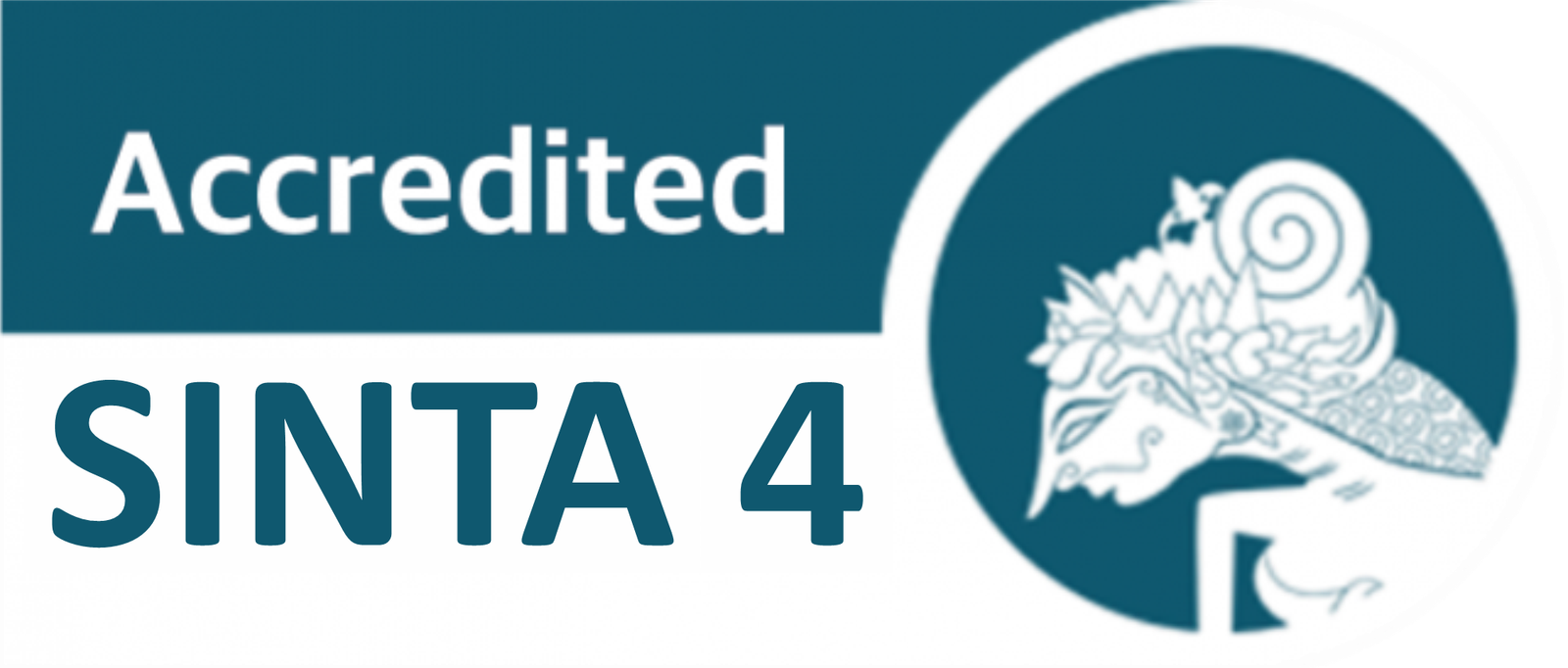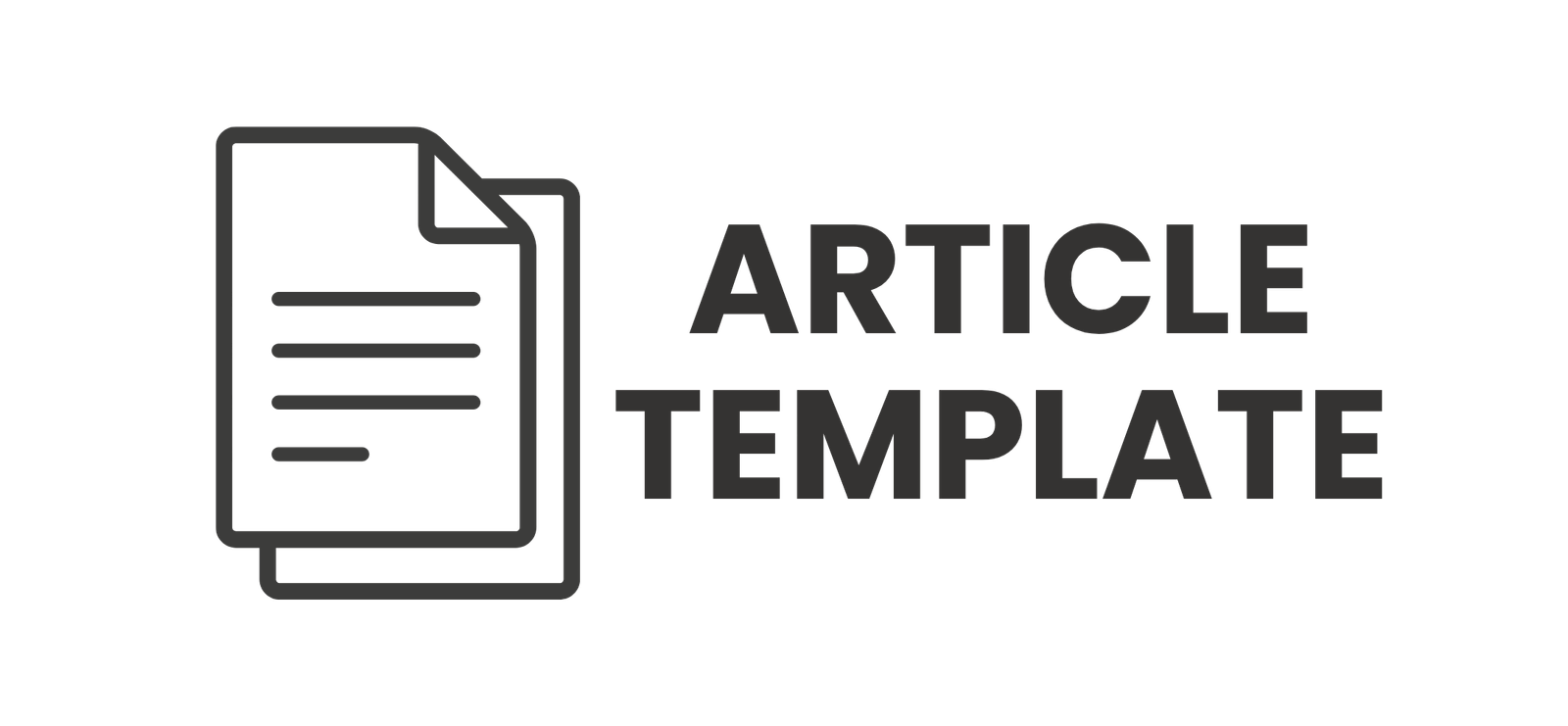Best Practice of Student Exchange in MBKM Program at English Department
DOI:
https://doi.org/10.30605/jsgp.6.3.2023.6306Keywords:
Best Practice, Students Exchange, MBKM ProgramAbstract
The urgency of this research is to find out what students' experiences are during the student exchange program. The purpose of this research is to find out the experience of students participating in student exchanges. The researcher conducted this research using qualitative methods. The purposive sampling strategy was used to obtain data from students of the English Education study program who had participated in the student exchange program. The data was obtained by interview technique. The findings show that experience starts from the preparation, selection, process, and evaluation. In the preparation stage, students seek information through various sources, such as social media. The selection stage involves online tests as well as administrative challenges that are solved with various strategies. The process stage included adaptation to the new environment, communication challenges, and culture shock, which were overcome in various ways, such as learning about the local culture and establishing interactions. Evaluations showed that the experience provided many benefits, including improved mindset, self-confidence, social relationships, academic experience, and greater cultural insight. Experience of students from preparation to evaluation is that students prepare themselves and follow the selection process well, go through a series of processes to find enormous benefits including opening mindsets and broadening their horizons, social interaction of students and can increase understanding of ethnic, religious, racial and cultural diversity. Although there are some challenges faced, students feel that their experience is very valuable and enriches their lives, both in terms of academic, social, and personal.
Downloads
References
Allen, K., Castellano, C., & Pessagno, S. (2021). Using dialogue to contextualize culture, ecosystem services, and cultural ecosystem services. http://dx.doi.org/10.5751/ES-12187-260207
Audretsch, D., Belitski, M., & Korosteleva, J. (2019). Cultural diversity and knowledge in explaining entrepreneurial outcomes in European cities. Small Business Economics. https://doi.org/10.1007/s11187-019-00191-4
Chen, K., Gal, E., Yan, H., & Li, H. (2023). Domain generalization with small data. International Journal of Computer Vision, 132(8), 3172-3190. https://doi.org/10.1007/s11263-024-02028-4
Čuhlová, R. (2019). Intercultural adaptation process and its determinants. International Journal of Economics, Finance and Management Sciences, 7(6), 215-221. https://doi.org/10.11648/j.ijefm.20190706.16
Dutta-Bergman, M. J. (2005). Access to the internet in the context of community participation and community satisfaction. New Media & Society, 7(1), 89-109. https://doi.org/10.1177/1461444805049146
Eni. (2016). Sugiono. Metode Penelitian Kualitatif dan kuantitatif, 6(11), 951–952., Mi.
Ferreras, G. R., Sales, J. J., & Serradell, L. E. (2021). Developing entrepreneurial competencies in higher education: a structural model approach. Education+ Training, 63(5), 720-743. https://doi.org/10.1108/ET-09-2020-0257
Fitriana, R. O. (2021). The important role of English songs in learning English for young learners. Jurnal Dieksis ID, 1(1), 13-18. https://doi.org/10.54065/dieksis.1.1.2021.45
Hidayah, N., & Puspitasari, D. (2023). Students’ learning experiences in public speaking: Challenges and strategies. Tomorrow’s Education Journal, 1(2), 29-41. http://dx.doi.org/10.58660/tej.v1i2.49
Iskhakova, M., & Ott, D. L. (2020). Working in culturally diverse teams: Team-level cultural intelligence (CQ) development and team performance. Journal of International Education in Business, 13(1), 37-54. https://doi.org/10.1108/JIEB-11-2019-0052
Lin, Y. Y., Nagai, Y., Chiang, T. H., & Chiang, H. K. (2021). Succerp: The design science based integration of ecs and erp in post-implementation stage. International journal of engineering business management, 13, 18479790211008812. https://doi.org/10.1177/18479790211008812
Luo, Y., Han, C., & Mesgarani, N. (2021). Group communication with context codec for lightweight source separation. IEEE/ACM Transactions on Audio, Speech, and Language Processing, 29, 1752-1761. https://doi.org/10.1109/TASLP.2021.3078640
Margareta, W. L., & Savitri, W. E. (2023). The Effects Of Teacher’s Motivational Strategies On Efl Learner’s Speaking Ability In Junior High School. Yavana Bhasha: Journal of English Language Education, 6(2), 60-70. https://doi.org/10.25078/yb.v6i2.2812
Maritu, J. C., Indah, O. D., & Hermini, H. (2023). English Day Program Implementation In The Students’ Speaking Skill Of SMAN 2 Luwu. Jurnal Dieksis ID, 4(1), 53-62. https://doi.org/10.54065/dieksis.4.1.2023.462
Putri, M. Y., & Gaffar, M. A. (2023). The Implementation of Reading Aloud Strategy to Develop Student Skill Responding to Expression of Giving Good and Bad News. JIIP - Jurnal Ilmiah Ilmu Pendidikan, 6(11). https://doi.org/10.54371/jiip.v6i11.2603
Raven, M., & Robinson, D. (2022). Biocultural rights and protocols in the Pacific. This is a timely, comprehensive contribution to the literature and practice at the nexus of international environmental law and human rights, that boldly addresses critical questions on the sovereignty and stewardship of biodiversity across a broad range of regional perspectives., 203.
Siddig, B. (2020). Social media in teaching of languages. International Journal of Emerging Technologies in Learning (iJET), 15(12), 72-80. http://dx.doi.org/10.3991/ijet.v15i12.12645
Susilawati, F. E., Supriadi, S., & Hildayanti, H. (2022). Testing the Academic Information System Application of SDN 192 Salobongko with the Boundary Value Analysis Technique. Jurnal Literasi Digital, 2(3), 217-223. https://doi.org/10.54065/jld.2.3.2022.259
Wahl, I., Wolfgruber, D., & Einwiller, S. (2023). Mitigating teleworkers' perceived technological complexity and work strains through supportive team communication. Corporate Communications: An International Journal, 29(3), 329-345. https://doi.org/10.1108/CCIJ-05-2023-0061
Wijaya, H., Tari, E., Sumule, L., Weismann, I. T. J., & Supartini, T. (2021). Online Learning Evaluation in Higher Education: Study Survey Method. Journal of Education Technology, 5(3). https://doi.org/10.23887/jet.v5i3.35466
Downloads
Published
How to Cite
Issue
Section
License
Copyright (c) 2023 Irene Mangalik, Roni La’biran, Rachel Rachel

This work is licensed under a Creative Commons Attribution-ShareAlike 4.0 International License.
In submitting the manuscript to the journal, the authors certify that:
- They are authorized by their co-authors to enter into these arrangements.
- The work described has not been formally published before, except in the form of an abstract or as part of a published lecture, review, thesis, or overlay journal.
- That it is not under consideration for publication elsewhere,
- That its publication has been approved by all the author(s) and by the responsible authorities – tacitly or explicitly – of the institutes where the work has been carried out.
- They secure the right to reproduce any material that has already been published or copyrighted elsewhere.
- They agree to the following license and copyright agreement.
License and Copyright Agreement
Authors who publish with JSGP agree to the following terms:
- Authors retain copyright and grant the journal right of first publication with the work simultaneously licensed under Creative Commons Attribution License (CC BY-SA 4.0) that allows others to share the work with an acknowledgement of the work's authorship and initial publication in this journal.
- Authors are able to enter into separate, additional contractual arrangements for the non-exclusive distribution of the journal's published version of the work (e.g., post it to an institutional repository or publish it in a book), with an acknowledgement of its initial publication in this journal.
- Authors are permitted and encouraged to post their work online (e.g., in institutional repositories or on their website) prior to and during the submission process, as it can lead to productive exchanges, as well as earlier and greater citation of published work.













